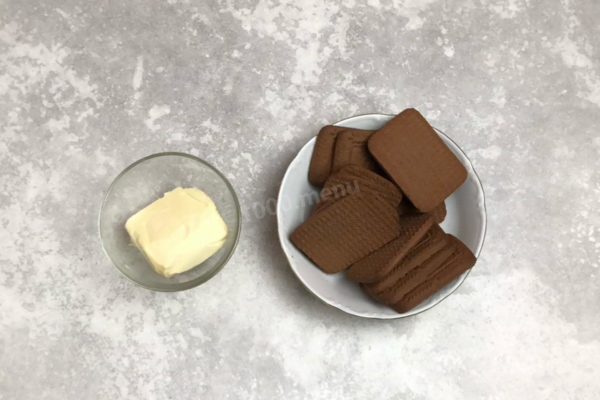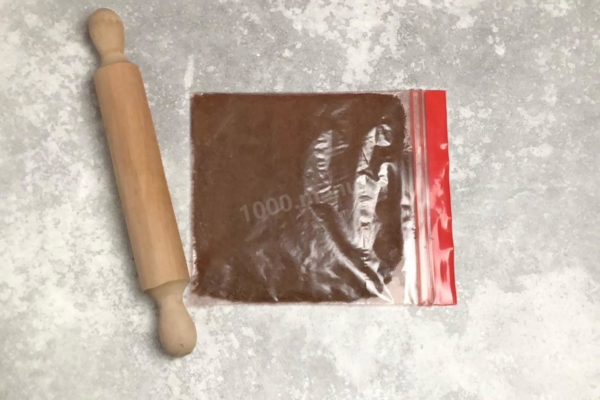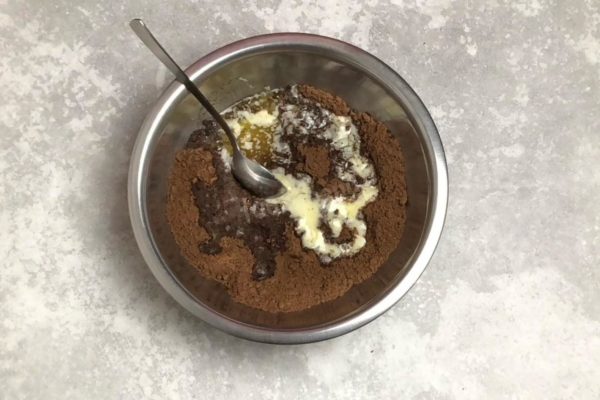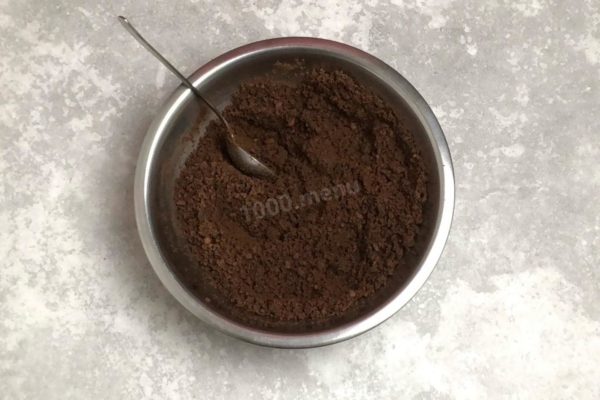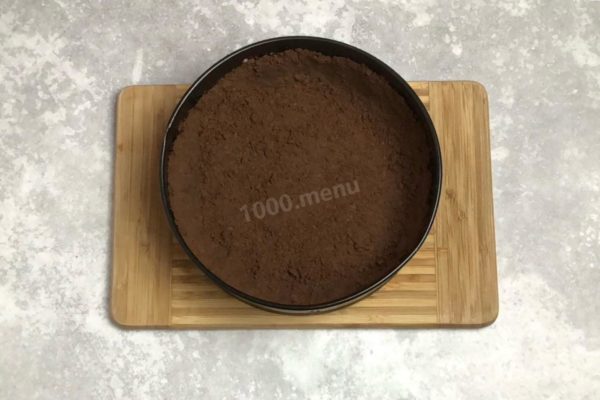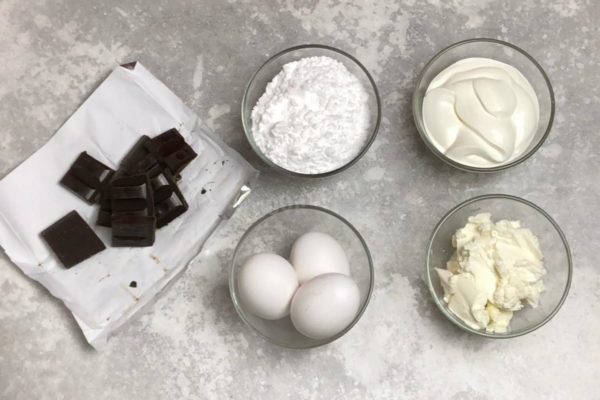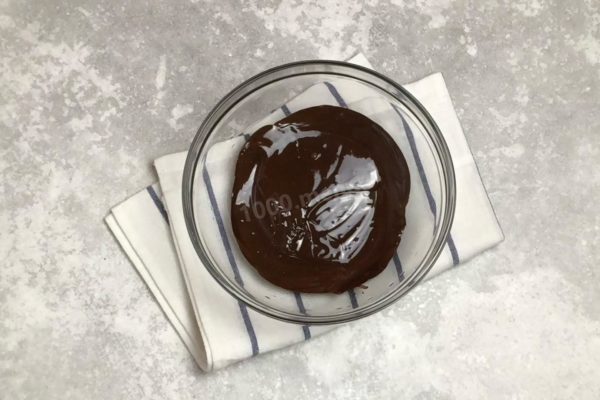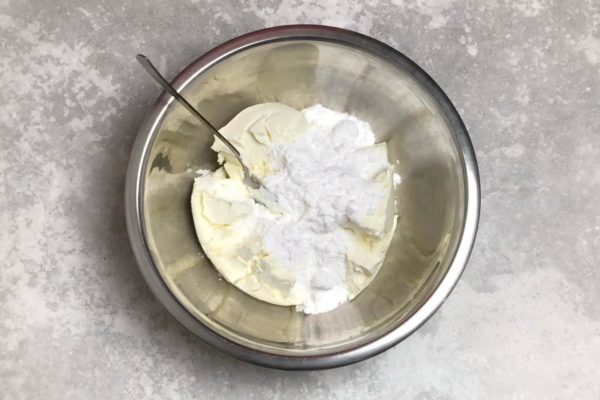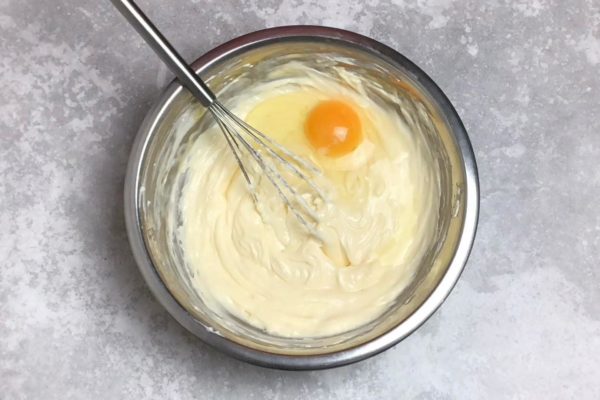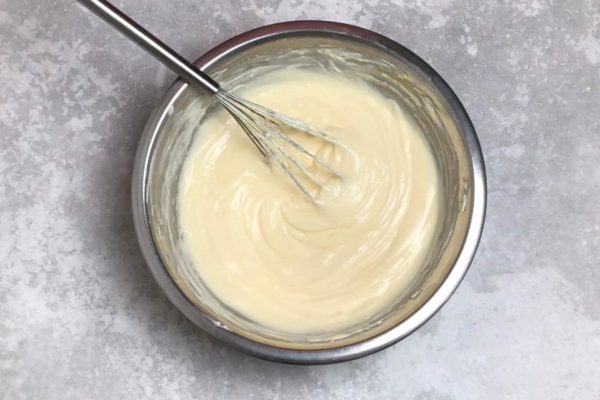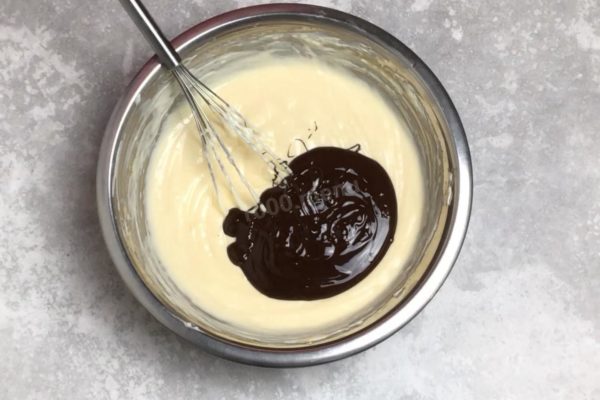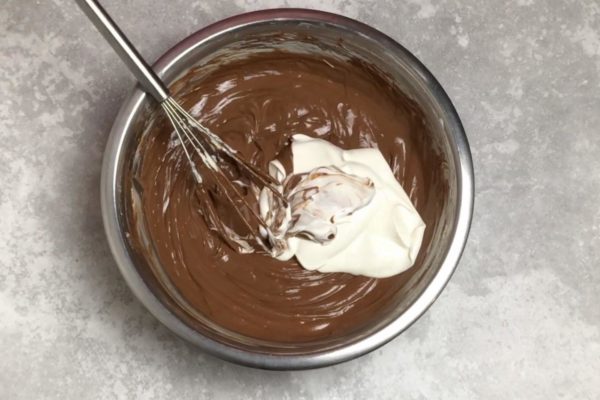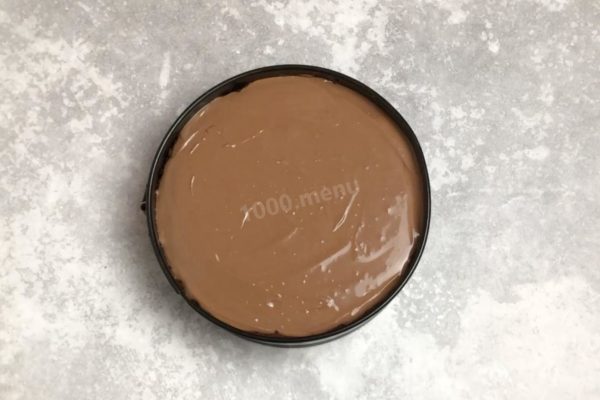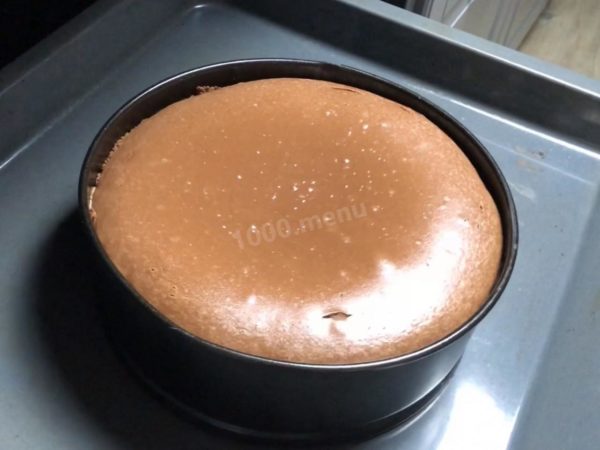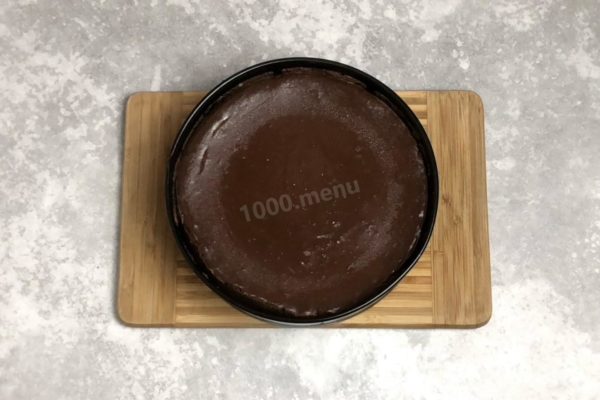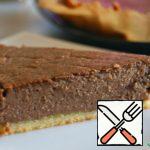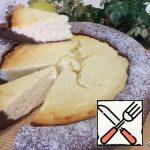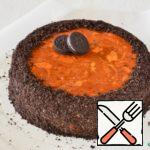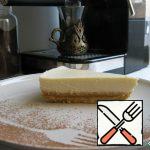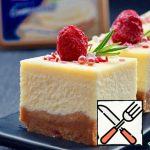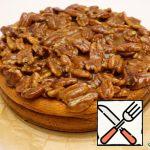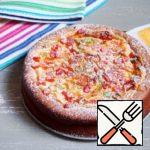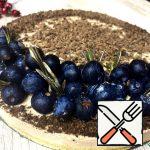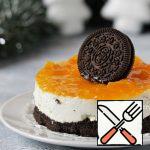| Prep Time | 5 minutes |
| Cook Time | 3 hours |
| Passive Time | 1.5-2 hours |
| Servings |
|
- 600 gram Cream cheese
- 200 gram Sour cream
- 3 pieces Eggs
- 180 gram Powdered sugar
- 150 gram Dark chocolate
Ingredients
For filling:
|
- How to make a Chocolate Cheesecake? Let's begin by preparing the cheesecake base. Gather the necessary ingredients. Since this is a chocolate cheesecake, opt for chocolate cookies. If using regular cookies, add cocoa powder to taste along with a spoonful of milk. Ensure the butter is of high quality, meeting GOST standards.
- Form the base. Line the bottom of a springform pan (mine is 20 cm in diameter) with parchment paper. Pour about 2/3 of the crumb mixture onto the bottom of the pan and press it firmly with a glass to create a thick layer. Pour the remaining crumbs onto the sides of the pan and press to form the crust. Alternatively, you can skip forming the sides and use all the crumbs for the bottom.
- How to make the filling? Gather the ingredients. Opt for thick sour cream, or alternatively, heavy cream. You can use either dark or milk chocolate, but ensure it's high-quality chocolate with cocoa butter, not chocolate bars. All ingredients should be at room temperature. Take the sour cream, cream cheese, and eggs out of the refrigerator 30 minutes beforehand. Choose only fresh, high-quality ingredients for this recipe, avoiding milk fat substitutes.
- Gradually add the eggs to the cream cheese mixture, stirring thoroughly after each addition. It's best to use a whisk or spatula for this. Important note: do not use a mixer at this stage! Take your time and mix gently to avoid incorporating too much air into the batter, which could lead to a runny mixture. (Keep in mind that if the cheesecake batter is overly aerated, the cheesecake may rise and crack during baking).
- Gently fold in the sour cream using a whisk, being careful not to overmix. The filling may vary in consistency, ranging from runny to quite dense, resembling sour cream. The density of the egg, sour cream, and cream cheese mixture can vary due to factors such as the density and moisture content of the cheese, the consistency of the sour cream, and the type of eggs used.
- Bake the cheesecake for 1.5-2 hours at 130 degrees Celsius, using both top and bottom heat. Place a container of water on the bottom rack of the oven. After 1.5 hours of baking, monitor the cheesecake's surface. It should not brown excessively; the top should set but remain slightly wobbly. Once this occurs, turn off the heat.
- Cool the cheesecake gradually. It's important! After turning off the oven, leave the cheesecake inside with the door slightly ajar for about an hour or longer (I removed it when the oven was nearly cool). Then, let it cool at room temperature until the pan is completely cooled, covering it with a cloth. Finally, run a thin knife along the sides of the pan and refrigerate overnight. In the morning, carefully remove the pan and decorate the cheesecake as desired. Enjoy your treat!
This quantity of ingredients is intended for a 20 cm diameter pan.
Butter can be melted either in the microwave or using a water bath. Here's how to melt butter in the microwave: Cut the butter into small pieces and place them in a microwave-safe container. To prevent splattering, cover the container with a paper towel. Melt the butter at the lowest power setting or in defrost mode. Start with five-second intervals, checking after each interval. If the butter hasn't melted completely, continue heating in five-second bursts until you achieve the desired result.
To melt butter using a water bath, you'll need two pots or containers of different sizes. Fill the larger pot with water and heat it on the stove. Place the smaller container on top of the larger one so that it's partially submerged in the water. Add the sliced butter to the smaller container. The heat from the boiling water will gradually melt the butter. Stir it occasionally to speed up the process. Once the butter has completely melted, remove the container from the stove.
Remember to wash the eggs before using them, as even apparently clean shells may harbor harmful bacteria. It's advisable to use food-safe detergents and a brush for cleaning.
Keep in mind that individual ovens vary in temperature and cooking times. Adjustments may be needed based on your oven's performance compared to the recipe's instructions.

